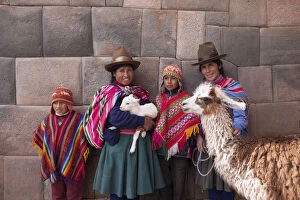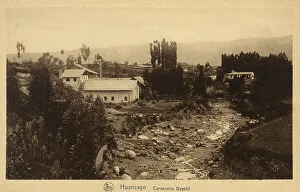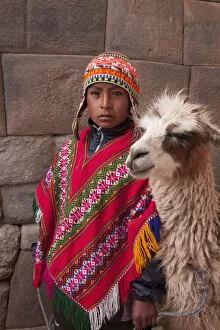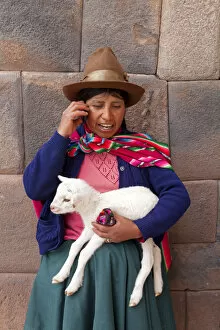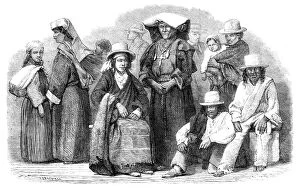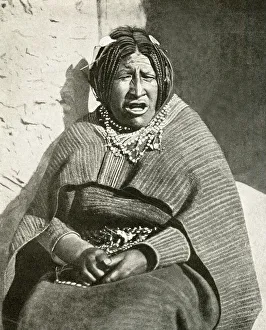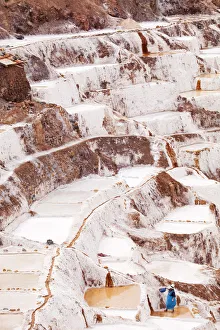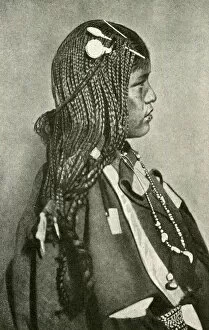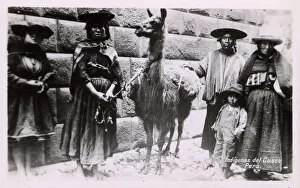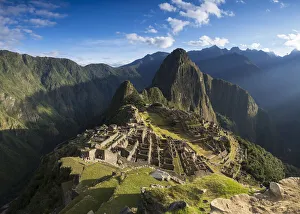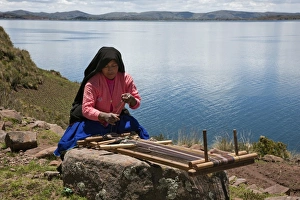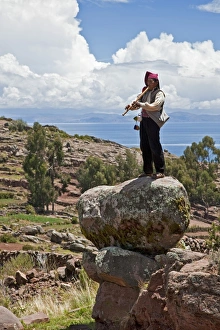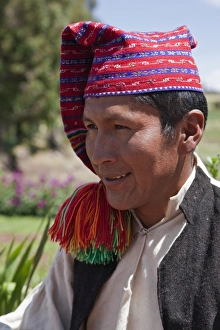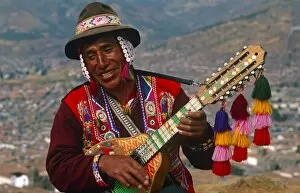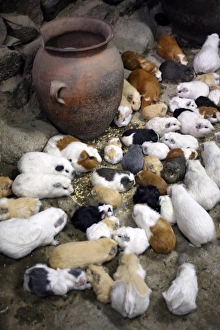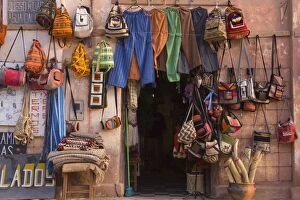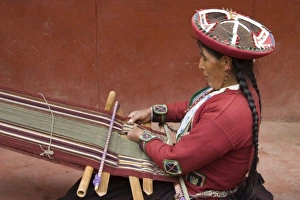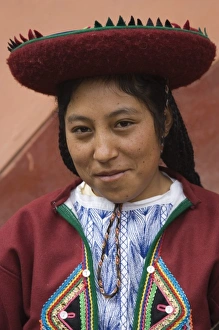Quechua Collection
"Exploring the Vibrant Culture in South America" Immerse yourself in the rich heritage of Quechua, an indigenous community that thrives in South America
All Professionally Made to Order for Quick Shipping
"Exploring the Vibrant Culture in South America" Immerse yourself in the rich heritage of Quechua, an indigenous community that thrives in South America. From the ancient city of Cusco to the breathtaking landscapes of Peru and Bolivia, Quechua people proudly preserve their traditions and customs. In Cusco, a group individuals stands tall before an awe-inspiring Inca wall, embodying centuries-old resilience and strength. Their connection to this sacred land is palpable as they hold onto their cultural roots. Venturing further into Peru, Huancayo reveals another facet of Quechuan life. Here, a young boy dons a colorful poncho and chullo woollen cap - symbols of identity passed down through generations. His vibrant attire mirrors the beauty that surrounds him. A Quechua woman gracefully poses against an Inca wall in Cusco, her presence exuding grace and wisdom. She holds onto tradition tightly while embracing progress with open arms - a testament to the resilience ingrained within her culture. Traveling across borders into Bolivia, we encounter a serene scene where a Quechua woman basks under the warm sun. Her peaceful demeanor reflects the harmony between nature and humanity cherished by her people for centuries. The Andes Mountains serve as both guardian and provider for these resilient communities. A dedicated porter accompanied by mules carries essential supplies along treacherous trails in Cusco's Sacred Valley - showcasing their unwavering commitment to preserving their way of life. Pisac or Pisaq village captures our attention next; its charm lies not only in its picturesque setting but also in its inhabitants' deep connection with nature. The harmonious coexistence between man and earth is evident here as locals embrace sustainable practices handed down from their ancestors. Witnessing daily life unfold brings us closer to understanding what it means to be part of this extraordinary community.

